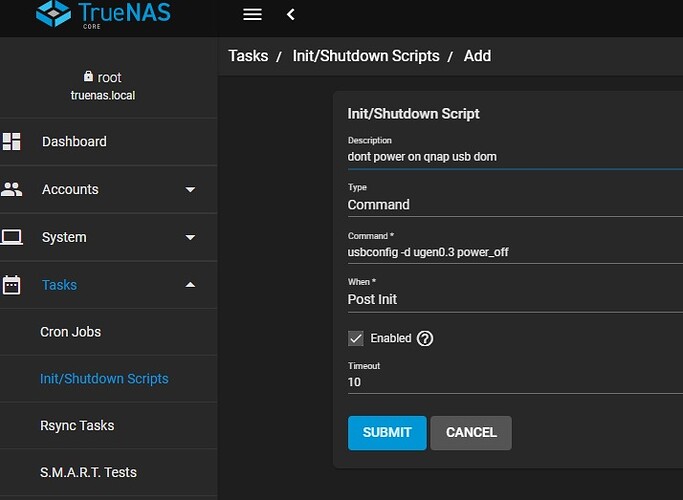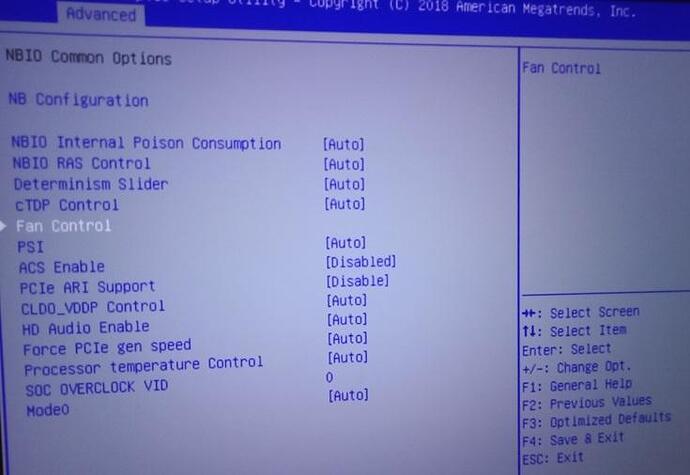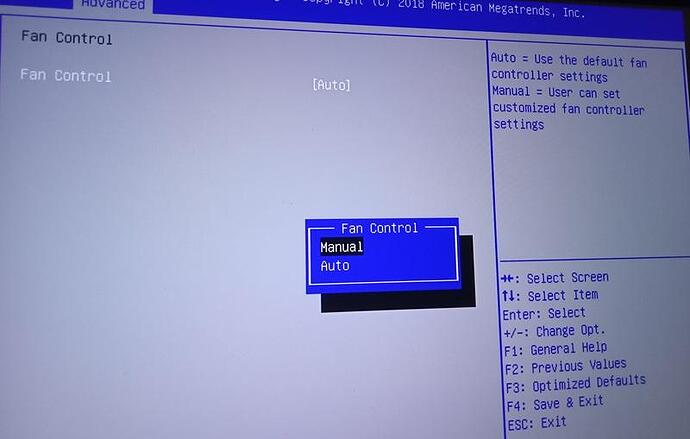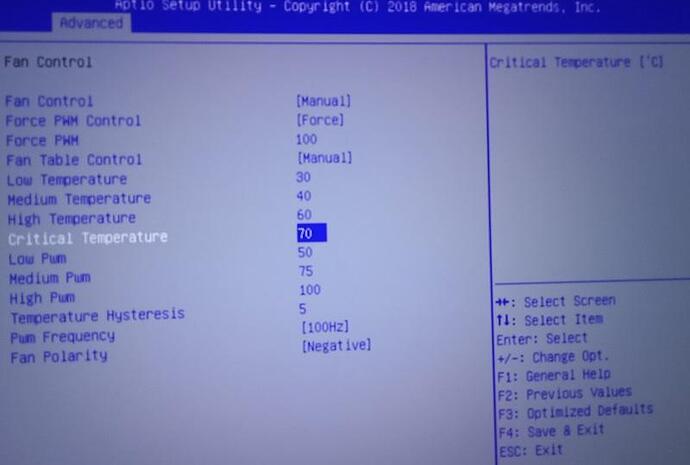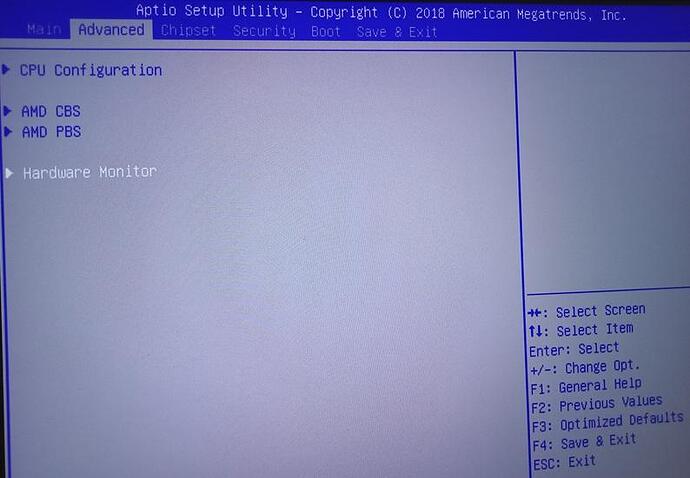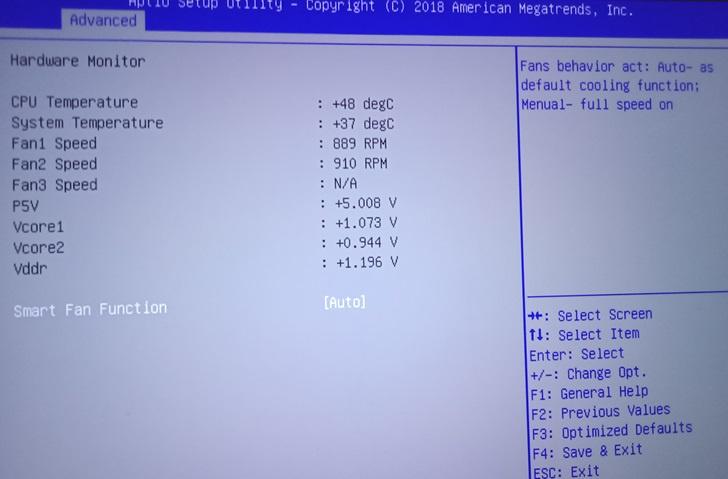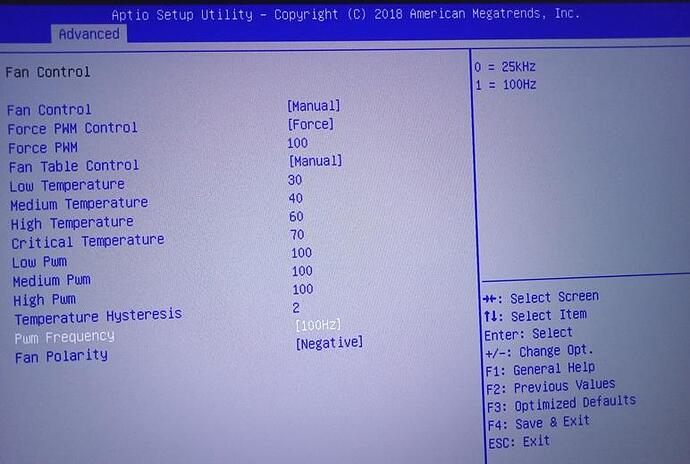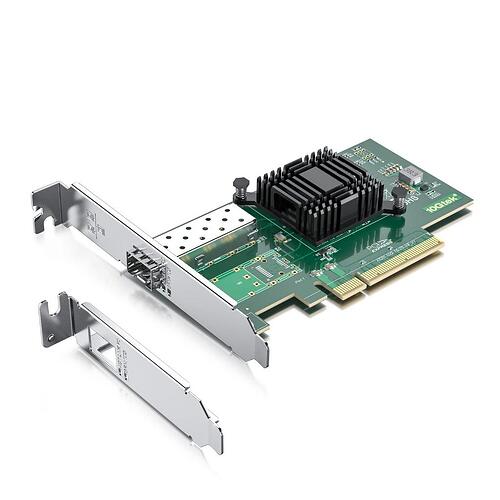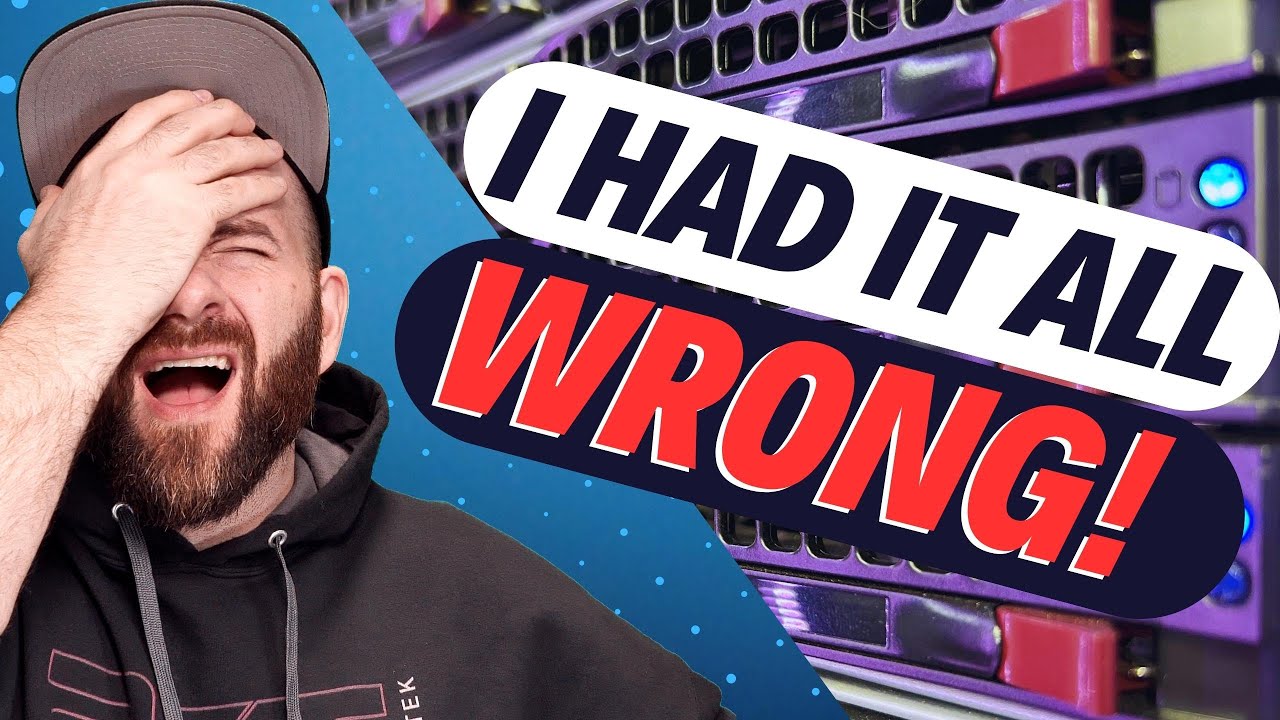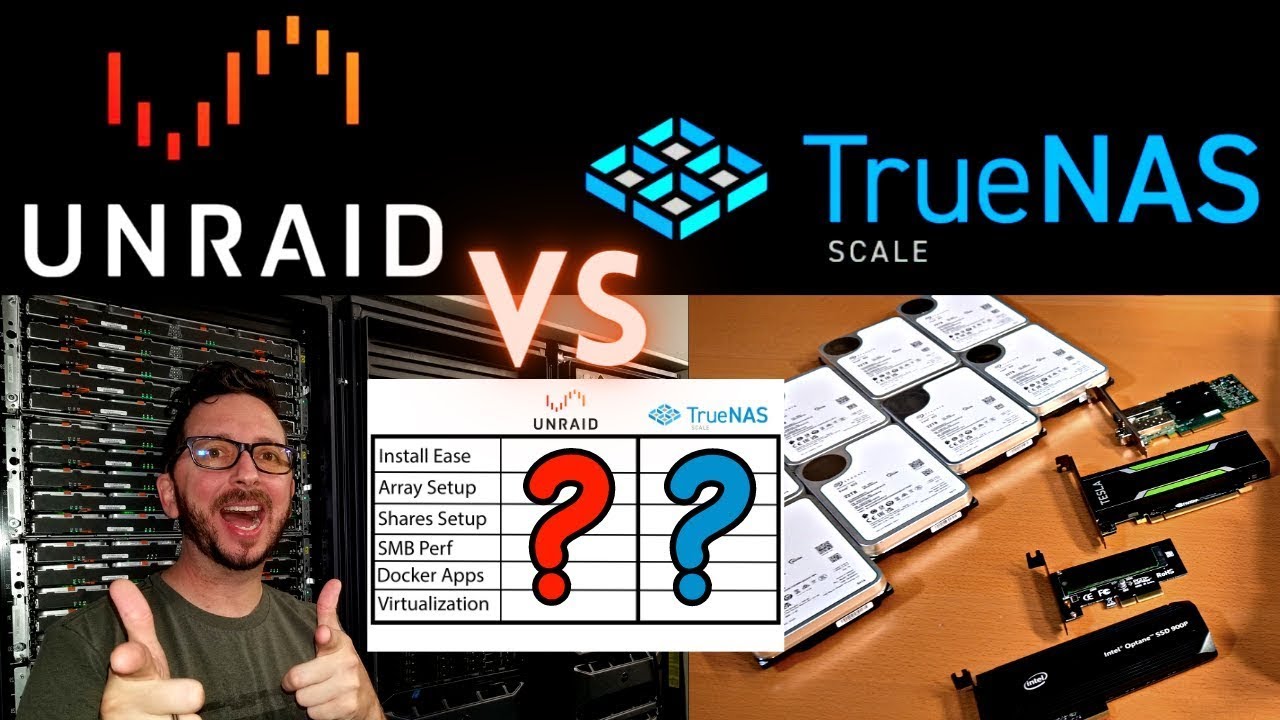was reading this about the github script
WARNING: shutdown the script before performing any IPMI firmware updates, or else.
i wasn’t aware of this before.
Does the same apply for lcd fix script? but in the past whenever i updated, i never noticed any issues, so i guess is fine ![]()
since i paused rsync and gonna reboot, i’m fixing a few problems while i am at it
- lcd fix
- dom fix (prevent boot up)
- fan fix
for the dom fix, there is something to be mindful of
Keep in mind that if you add/remove USB devices, the bus and device ID of the DOM might change, thus your command might turn off the wrong peripheral.
so yes though that does work, but if you do that, it will undo what you did. so this solution might not be ideal depending on if you do this frequently or not, then may as well not bother. just simply don’t touch the dom when using truenas ui, solved.
think the LCD display is a serial interface. Might not be a way to depower it without unplugging it, but you might be able to send commands to it.
https://gist.github.com/Zopieux/0b38fe1 … 12ca84a045
SCALE is Debian based.
List USB devices
CODE: SELECT ALL
lsusbControl USB power
Re: https://stackoverflow.com/questions/470 … with-linux
CODE: SELECT ALL
# disable external wake-up; do this only once echo disabled > /sys/bus/usb/devices/usb1/power/wakeup echo on > /sys/bus/usb/devices/usb1/power/level # turn on echo suspend > /sys/bus/usb/devices/usb1/power/level # turn off
I wrote that script. It’s for Supermicro IPMI.
As part of the script it will reset the IPMI Baseboard Managment Computer (BMC) if it stops responding.
BMC stops responding while it’s being updated.
If you reset the BMC while flashing it, you brick it.
(which can be fixed but is a massive PITA)

so here is my report
the lcd fix kind of works.
-
boot up shows the firmware then sequence of booting up. so i think the boot up prenit script works.
-
after boot up the lcd still says booting, so i don’t think the postprenit script works. how to fix? no idea.
-
shutdown, i don’t think this one works either. I will edit if it does i will update.
Ok so changing fans setting in bios works. and i even put my hand close enough to feel it moving. i even opened up the side fan facing the ram and saw those 2 fans spinning as well.
But the fan speed seems too slow. Meaning maybe my fan speed settings were way too conservative.
If i were to trust that the fan speeds will ramp up once they have reach those temps i set, then no problem. But i’m not sure i trust if that will work or not, so i would be better off setting to 90-100 fan speed.
anyone know whats the best setting for this?
You can find the fan settings here in bios
we change from default auto to manual
these were the settings i added. i don’t think they are correct because it feels like fan speed is too low. any recommendations what to change here?
Just set your medium pwm to 100% for now.
When you have time… optimize further.
In order to test this you want to run the solnet array tester across all your disks while running prime95.
Disks should not overheat. Nor cpu.
there was a setting i missed earlier
in hardware monitor
there is the smartfan function which the redditor earlier mentioned he changed
As soon as you set that to manual, the fans went blaring fast. it’s very noticeable and you won’t be worried about cooling. now you have a different worry, the noise and wonder if the fans will wear spinning that fast 24/7 ![]()
so i set smartfan back to auto then it went back to the original speed earlier. then i tried changing the settings here all to 100 to check if i can get the same fan speed as when i had set smart fan to manual earlier
apparently it didn’t. the fan remained weak (working but i wish the speed were faster). So not sure how to get this working, maybe it can’t?
Like the redditor said, maybe the only way then is to set smartfan to manual and leave it blaring max, since that is the only working option.
Yes if you did it the other way i tested, the fans ALL work, the only problem is they don’t seem to spin fast enough, and i am very doubtful they will ramp up to those speeds as when i tested them it barely did anything.
If anyone has ideas how to improve this, i will for now set smart fan to manual since i know that at least works. I’ll simply use noise cancelling headphones to make it bearable ![]()
ok the final working solution for fan.
just go smart fan and set to manual. for the previous stuff, i just left it at 100 which i had also set to manual. maybe you don’t need to do that, but it seems to be working fine so i left it at that.
the sound is audible but you get use to it. it’s the loudest noise in my networking space that is for sure.
but i also have a solution for this.
popped up my recently purchased Edifier WH700NB noise cancelling headphones. noise all gone ![]()
they are also quite affordable good audio for the price. noise cancelling isn’t perfect, but in regards to cancelling out the qnap fan noise, the noise went from 100% cosn go 0-1% seems very effective to me at least for that.
in regards to graphics card, apparently the default front cover plate does fit into the ts-877 slot.
the reason it didn’t before, i didn’t notice there was another slot cover below. derp. so i removed that, then i could install the graphics card which takes up 2 slot cover space.
as for the sfp+ pcie card it comes with a full slot cover. meaning, if i remove the graphics card, i can possibly just add it to that slot and it should work.
If i remove the front plate cover on the pcie card, i can fit it into the smaller pcie slot which i tested as working (so i can then keep using the graphics card). those are the options.
Found the smaller pcie slot cover for the sfp+ pcie 10gtek card. will try install it later after my rsync completes
Other people commenting on the QNAP LCD fix
https://www.reddit.com/r/truenas/comments/rumhb4/the_qnap_lcd_script_tutorial_from_a_linux_dummy/
No big surprise there…
i’m a new comer so i would not know the situation till now anyway ![]()
Truecharts is great for a first install, then when they break everything and you look for help the trouble starts. They’re all assholes, they think large breaking changes twice a year or more is normal, and they are not worth it. You’re better spinning up your own containers by hand, it’s somehow easier in the long run.
hm… well ok… i’ll do what i always do. figure stuff out myself ![]()
like back when i was on qts, i troubleshooted everything myself. so nothings changed really for me xd.
anyway i’ll keep that in mind ![]()
Truecharts is named poorly trying to leverage others’ products/brands (TrueNAS and Helm Charts). At first the name might seem clever, but given how so many people have had unfortunate experiences with Truecharts, this cuteness with naming also means that TrueNAS and Helm Charts both unnecessarily take splash damage to their reputations inflicted by said 3rd party.
It’s a third party catalog of “apps” to be used with TrueNAS. It’s really an impressive catalog of hundreds of apps, the its culture is equally (or more!) damaging as impressive as its catalog is. It’s the epitome of bittersweet.
based on that, my plan is to create a share called docker, dump my docker container configs there, then go commandline, then install portainer pointing to the file located in the docker share where i put it.
from there, i can then use portainer to start deploying the rest of my containers.
that is my plan, hope it works.
but basically, i am skipping the truenas catalog stuff and doing things manually like i’ve been doing before on qts, but this time in truenas.
one of the biggest challenges for me will be getting traefik to work.
thinking off my head i will have to do the following
-
change the port 80 and 443 port for truenas to non default. so that traefik can then use those ports. will this work fine like it did for qts? i don’t know thats why i have to test
-
then the networking stuff. usually i set them up in portainer, so i’ll figure that out there. nothing new for me to learn if it’s done that way. but in QTS we had the virtual network switch. But basically what that did is just mirror whatever you set in portainer, so nothing special. QTS for containers station was using their qnet which is an alternative to macvlan. I was using macvlan then, so i don’t have to do any drastic changes since macvlan should work on truenas… i guess
just me thinking out loud my plans for getting docker up and running again using portainer ![]()
qnap was an odd duck where somethings didnt work right. example cadvisor. It would keep complaining in logs about cgroups. Apparently stuff like that was an issue in qnap qts, so had to fix that somehow. But i heard truenas was less of a hack job and followed the norms, so it wouldn’t have these types of issues. I hope ![]() first time doing this with truenas, so will find out.
first time doing this with truenas, so will find out.
But basically that is the situation where i came from ![]()
